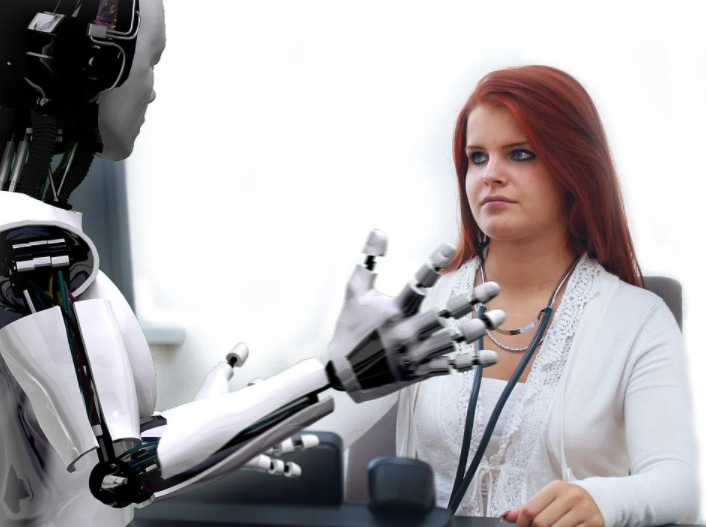Given that most of the nation’s students have transitioned from for-profit to online digital education, the learning strategy is not the same. Fortunately, healthcare simulation is quickly catching on to meet this academic distinction. According to this Source, this technology helps the healthcare students improve their learning and helps healthcare providers improve their quality. It’s critical to make sure that the new healthcare workforce makes a living at a time when our healthcare system is united by extreme stress.

An Overview of Healthcare Simulation
Augment or enhance real-world experiences with guided exercises that evoke or replicate critical real-world features in an interactive manner. Healthcare simulation uses various tools, from artificial or virtually recreated healthcare environments that contain virtually everything seen in a real-world clinical setting to enhanced virtual healthcare environments.
In immersive assembly, humans alone or together with technologically advanced mannequins representing ordinary individual bodies can be interactive structures in which aspirational and non-emergent scenarios are performed to provide safe practice arenas for students. It decreases the risk of malpractice and threat to patients or the possibility of psychological harm to students if a mistake is made. However, the normal drawback of electronic simulation of only not leaving functional education has become a considerable advantage because virtual simulation can fill the void in health care education when medical arenas are closed.
The Importance of Simulation Facilities
 Simulation centers are nearly ubiquitous in medical and nursing schools; many wellness programs now incorporate simulation to reinforce clinical experiences and educational content. Over the past two decades, simulation has gained popularity because it is used as part of exceptional healthcare programs and offers excellent educational benefits supported by research demonstrating its effectiveness. Some pre-licensure applications, such as nursing, have begun using simulation to replace clinical hours with researchers and state licensure boards. After recent radical, multi-center research has shown that excellent simulation can replace up to 50% of clinical hours and produce similar educational outcomes.
Simulation centers are nearly ubiquitous in medical and nursing schools; many wellness programs now incorporate simulation to reinforce clinical experiences and educational content. Over the past two decades, simulation has gained popularity because it is used as part of exceptional healthcare programs and offers excellent educational benefits supported by research demonstrating its effectiveness. Some pre-licensure applications, such as nursing, have begun using simulation to replace clinical hours with researchers and state licensure boards. After recent radical, multi-center research has shown that excellent simulation can replace up to 50% of clinical hours and produce similar educational outcomes.
Advantages of Healthcare Simulation
requirements for quality health education and openness to student learning, but we have never had to do it the way we currently do with the lack of clinical experiences. Given that many health schools are well prepared to enhance their curricula with artificial simulators independently or in conjunction with virtual simulation, many cannot completely replace medical classes with virtual simulation alone.
Moreover, the simple reality that immersive simulators are not possible suggests that this change in educational programming must be made at Mach speed to prevent tens and tens of thousands of health care students in an environment where health care programs are tested to their limits, we simply cannot afford to be unsure if we can maintain the flow of health care professionals into the future. We need more health care professionals, and we want them now.


